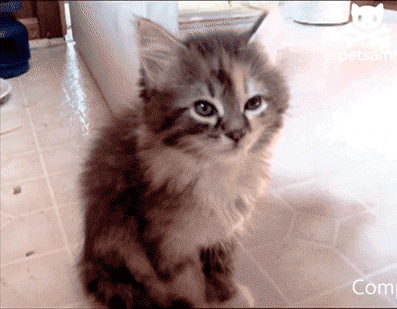Rumble Jar Brewing Instructions
Do you have a Rumble Jar or a Rumble Go?
Rumble Go's instructions are similar, but they've got their own instruction page here
Rumble Jar's instructions are below. (and our FAQs take a deeper dive into brewing topics)
Step 1: Load and lock the filter
Pour coffee grounds into the stainless steel filter and secure the silicone cap. And remember: the experts agree cold brew tastes best when brewed with coarse grounds! (and hey, we've got Coarse Grounds too in case you need em!)

How much coffee you use is up to you. For your first batch, we suggest filling it to slightly above the lower "notch" that you'll find printed on the outside of the metal filter. Taste-test a batch at that strength, and then adjust the next batch as necessary. If you want a really strong brew or even something closer to "concentrate strength", try adding grounds to the higher notch. Just a fair warning that grounds do expand during brewing, so don't go filling the metal cylinder to the tippy-top or else grounds may force their way up and out of the filter and into your coffee.
Step 2: Get your rumble on
After adding grounds, put the silicone cap onto the metal filter and place the filter into the empty jar. Pour cold or lukewarm water into the jar (FYI you can pour it directly onto the silicone cap and the water will flow down through the channels into the body of the jar). Best practice is to completely fill the jar with water, so that the water level is all the way up to the neck of the jar. Coffee grounds like to float, so this helps ensure they remain underwater during the steeping process.

Screw on the jar's lid. And now for the fun part: Rumbling!
If you're using the recommended coarse grounds, just rotate the jar horizontally two times. You'll hear the water swoosh inside (aka "Rumble"...where our weird name comes from!). Do not shake the jar vigorously.
But if you're using the less-recommended (but still perfectly acceptable!) medium grounds, you may need to repeat the Rumbling step one more time (i.e. two more quick rumbles). Medium grounds can sometimes form a barrier to steeping (since grounds tend to both float and stick to each other, blocking the filter holes), so this extra set of Rumbles helps ensure all the grounds get soaked during this step. If you notice any grounds that did not get soaked during brewing, check out these additional Rumbling tips.
Side note: this rumble process is technically known as agitation, and it is absolutely required to properly extract coffee from the beans. Don't believe us? Just try a batch without agitating it! Actually don't do that...it'll be really gross and a complete waste of perfectly good coffee.
Step 3: Sleep-n-steep
After all that hard work, you've earned a much-needed rest. Go get some shut-eye, and in the morning your coffee will be ready!

Steeping guidelines we like to use:
Steeping time in a refrigerator: 16-24 hours
Steeping time at room temperature: 8-12 hours
Step 4: Quick clean-up
Pull the filter out, dump the grounds, give the filter and cap a quick rinse or wash them with soap (Rumble Jars are dishwasher safe!). Voilà! Clean-up est terminé.

Step 5: Get Brewsy
Drink your coffee straight from the jar if you like! And if you have any left over, just screw on the metal lid and store it in the fridge for the next day. Cold brew can last in the fridge for up to two weeks (but we recommend limiting it to a week or less).
*Optional Step 4.5: Using the second-stage filter bag
That 100% cotton bag that comes with your Rumble Jar is designed to be a second-stage filter (so don't throw it away!). It's definitely an added step that tends to be overkill for most folks, especially those brewing with coarse grounds. However, if you brew with medium/fine grounds and you really dislike the silty particles that can result from making cold brew with fine grounds, then this second-stage filter might come in handy. We have a separate FAQ about the filter bag if you need more info about using it.
